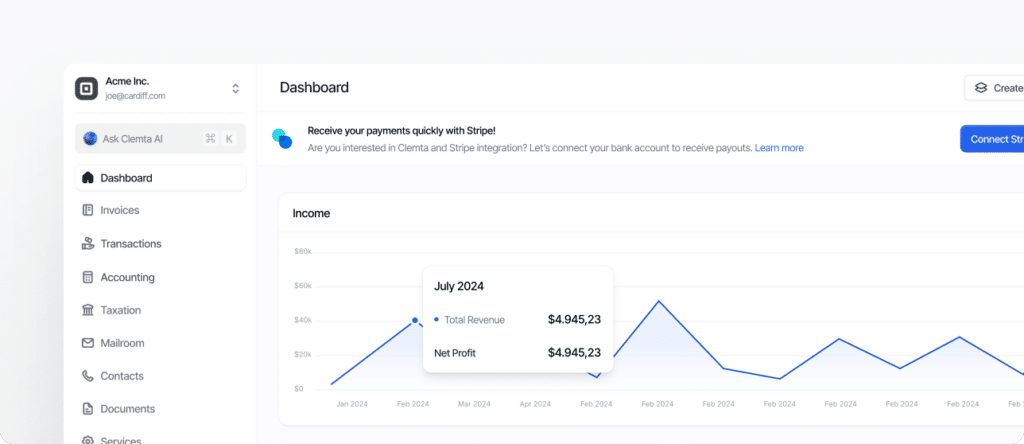An order fulfillment method where the seller does not keep inventory but transfers customer orders directly to a third-party supplier, who ships the product to the customer.
What is Dropshipping?
Dropshipping is a retail fulfillment model that allows entrepreneurs to sell physical products online without holding inventory. Instead of storing, packaging, and shipping goods themselves, sellers using the dropshipping model forward customer orders to a third-party supplier (such as a manufacturer, wholesaler, or distributor), who ships the product directly to the buyer. For non-U.S. residents operating U.S.-based e-commerce businesses, dropshipping offers a low-cost, scalable way to enter the U.S. market without the complexities of warehousing or logistics.
Here’s how it works: the customer places an order on your online store (hosted on platforms like Shopify, Etsy, or WooCommerce), you collect payment, and then you purchase the item from your supplier (usually at a lower wholesale price). The supplier ships the product to the customer on your behalf, often using white-label packaging so the end buyer doesn’t know a third party was involved.
Because you don’t need to invest in inventory upfront or manage a warehouse, dropshipping is especially attractive for international founders launching brands in the U.S. However, the model has narrower profit margins and greater reliance on suppliers (meaning that customer satisfaction and shipping times can suffer if your supplier is unreliable).
Key considerations to keep in mind:
- If your supplier ships from a U.S. warehouse or if you use a fulfillment center like Amazon FBA, you may trigger sales tax obligations in certain states.
- If your supplier is outside the U.S. (e.g., China), you may need to be aware of import duties, customs clearance issues, or delays.
- Since you don’t handle inventory, managing returns and quality control can be more complex.
Many dropshipping businesses form U.S. LLCs to open bank accounts, Stripe/PayPal accounts, or sign contracts with U.S. suppliers. Forming a legal entity helps with trust and legitimacy, and may allow you to access better shipping rates or wholesale pricing.
In summary, dropshipping is a lean and accessible e-commerce model where you sell first and buy inventory later. While it minimizes startup costs, it requires careful supplier selection, attention to compliance, and solid customer service strategies (especially for non-U.S. founders aiming to scale in the U.S. market).

